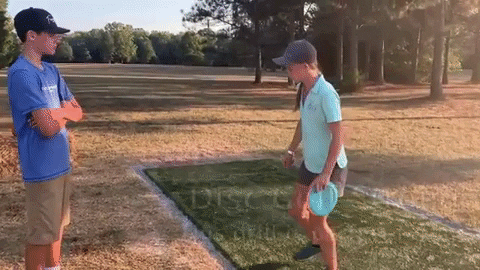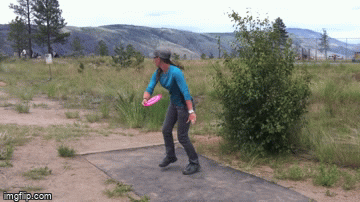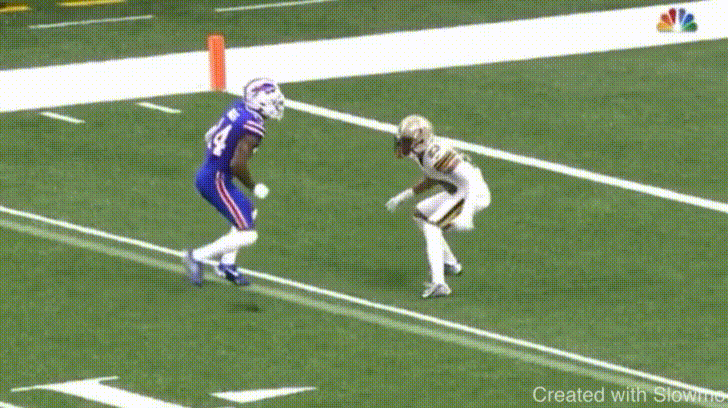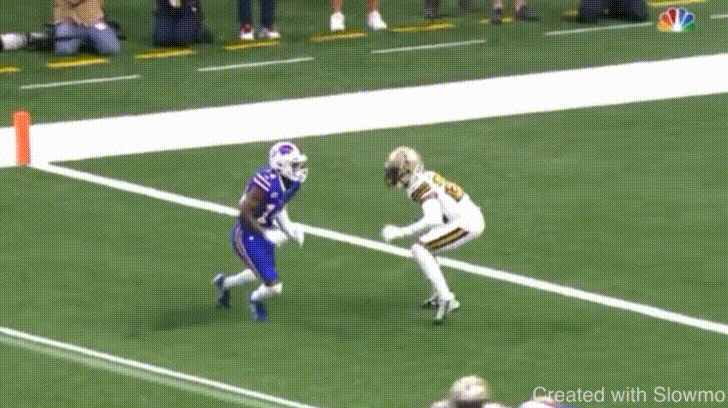Brychanus
* Ace Member *
Paul himself does not appear to use this action when he throws.
Discover new ways to elevate your game with the updated DGCourseReview app!
It's entirely free and enhanced with features shaped by user feedback to ensure your best experience on the course. (App Store or Google Play)
Where do you think this back leg madness got started? Why has everyone and their grandma all of a sudden got this idea? Is it just because SS got the hype and now everyone, even the pros are copying it?
https://www.instagram.com/reel/CpMKPCTJtkk/?igshid=YmMyMTA2M2Y=
He seems to know what he is talking about.
Rear side action there into backswing and swing looks pretty good I think.
Agree w/ Jaani about plant knee snap or hyperextension. There it looks a bit like Tiger before he got hurt or Gibson sometimes (don't think Gibson got hurt yet but I worried about it on his behalf). I saw SW point out elsewhere that Barela also picked up a knee snap.
The leg and knee can take a lot of force but I think you want to avoid the hyperextension in favor of smoother motion. People have also speculated that this may also lead to some drive inconsistency because you've got a sudden "jerk" force in the chain.
I usually like to avoid talking or thinking about "twisting" the hips.
I have not yet read through all of this thread so I am sorry if this question has been asked before.
I have trouble understanding the relationship between pushing myself forward and dropping into the plant/squat. In post #1 of this thread there is this gif with Paige Pierce: https://media.giphy.com/media/iIeo5ECr9Tw5J6tK15/giphy.gif. This looks to me like a strong push. However mostly it is recommended to sit or squat into the plant. Do these things coexist? Can anybody help me understand the relationship between those 2 moves?




The purpose of this study was to compare the biomechanical characteristics of one- and two-legged running vertical jumps. The major finding was that the approach velocity, peak vGRF, vGRF impulse of the landing and take-off phase, joint impulse and joint stiffness of the leg during the one-legged running vertical jump were greater than those of the two-legged running vertical jump.
Moreover, a one-legged running vertical jump produced a greater vGRF impulse and joint angular impulses of the dominant leg than did the two-legged running vertical jump during landing and take-off phases. Bobbert et al. (1987) indicated that the impulse during the landing phase was for deceleration, whereas the impulse during the take-off phase was for the push-off. The one-legged running vertical jump may require more effort for deceleration; however, it can induce greater exertion for the take-off. This provided the rationale for a greater SSC effect and could be the reason that there may have been greater muscle activation on the one-legged running vertical jump.
I have not yet read through all of this thread so I am sorry if this question has been asked before.
I have trouble understanding the relationship between pushing myself forward and dropping into the plant/squat. In post #1 of this thread there is this gif with Paige Pierce: https://media.giphy.com/media/iIeo5ECr9Tw5J6tK15/giphy.gif. This looks to me like a strong push. However mostly it is recommended to sit or squat into the plant. Do these things coexist? Can anybody help me understand the relationship between those 2 moves?

...See the difference in the back leg in the actual throw? You can see her load/sit into the ground with that little counterclockwise rotation of her back foot/knee/butt/hip, and then - boom! - get off that leg. The back leg needs to "push" to bear your weight and/or load ground power, but it needs to drop/relax to transition that power into your plant leg...

Hey man, good question. I'd say that Paige GIF is more like an exercise that exaggerates the lateral shift component of the swing, with the main instructional point being that you shouldn't try to twist in transition from the back leg to the front leg. You're right that, in the GIF, she seems to push off with both legs to send herself back and forth. Check out this Paige GIF for comparison: